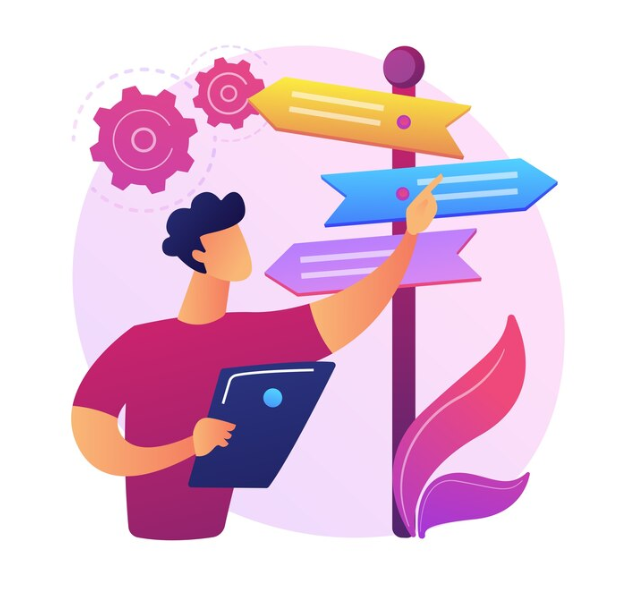In the modern job market, being multi-skilled is more of an asset than ever. However, for job seekers who possess a diverse range of skills, the challenge often lies in narrowing down to a single industry. How do you choose an industry that not only values your varied talents but also aligns with your career goals and personal aspirations? Here’s a guide to help multi-skilled professionals make this critical decision.
1. Self-Assessment: Know Your Strengths and Interests
Start with a thorough self-assessment. List down all your skills and categorize them - technical skills, soft skills, creative abilities, etc. Next, evaluate which of these skills you enjoy using the most and which ones you excel at. Often, the intersection of enjoyment and proficiency is where you’ll find the most fulfillment.
2. Industry Research: Exploring Opportunities
Conduct detailed research on various industries. Look for sectors where your skills can be applied and valued. For instance, if you have a blend of creative and technical skills, industries like digital marketing or graphic design could be a good fit. Use resources like industry reports, online forums, and job descriptions to understand the skills in demand in each sector.
3. Market Trends: Aligning with Future Prospects
Stay abreast of market trends. Some industries are on an upward trajectory with burgeoning opportunities (like tech, healthcare, renewable energy), while others might be stagnant or declining. Aligning your skillset with a growing industry can offer more opportunities and long-term stability.
4. Experimentation: Testing the Waters
Don’t hesitate to experiment. Sometimes, taking up short-term projects, freelance gigs, or internships in different industries can provide practical insights and help you determine where your interests truly lie. This experiential learning is invaluable in making an informed decision.
5. Networking: Seeking Professional Insights
Leverage your network. Connect with professionals from various industries to understand the nuances of each. Networking can provide insider perspectives that are often not evident in job descriptions or industry reports.
6. Job Satisfaction and Work-Life Balance
Consider factors beyond just the job role. What kind of work environment do you thrive in? Are you looking for a 9-to-5 stability or a flexible, project-based career? Some industries inherently offer more work-life balance than others, and this might be a crucial factor in your decision-making process.
7. Financial Considerations
Financial stability and growth prospects are significant. Research the earning potential in different industries for someone with your skillset. While financial rewards shouldn’t be the only factor, they are undoubtedly important in the long run.
8. Personal Values and Passions
Align your career choice with your personal values and passions. If you're passionate about environmental sustainability, look into industries like renewable energy or environmental consultancy. If you value innovation and creativity, the tech industry or start-ups might be more fulfilling.
9. Professional Development and Growth
Seek industries that offer room for professional growth. Given your diverse skillset, you would want an industry that not only values your current abilities but also offers opportunities to learn and develop new skills.
10. Trial and Error: It’s Okay to Pivot
Remember, it’s okay to change your mind. Your first choice doesn’t have to be your final. The modern career path is rarely linear, and pivoting to a different industry later on is always an option.
11. Seeking Mentorship and Guidance
Consider seeking a mentor who can provide guidance based on your skillset and interests. A mentor who has navigated a multi-faceted career path can offer invaluable advice and insights.
12. Building a Customized Career Path
Finally, consider creating a unique career path that combines elements from different industries. Today’s job market is increasingly flexible, and there are numerous examples of professionals who have successfully blended skills to create niche roles.
Conclusion
For a multi-skilled individual, zeroing down on one industry is not just about where you fit in but where you can thrive and grow. It’s about finding a balance between your skills, interests, market opportunities, and personal values. Use your diverse abilities as a strength and choose a path that promises not just financial success but also personal fulfillment and growth. Remember, the right industry for you is one that not only values what you bring to the table today but also supports who you aspire to become professionally.





